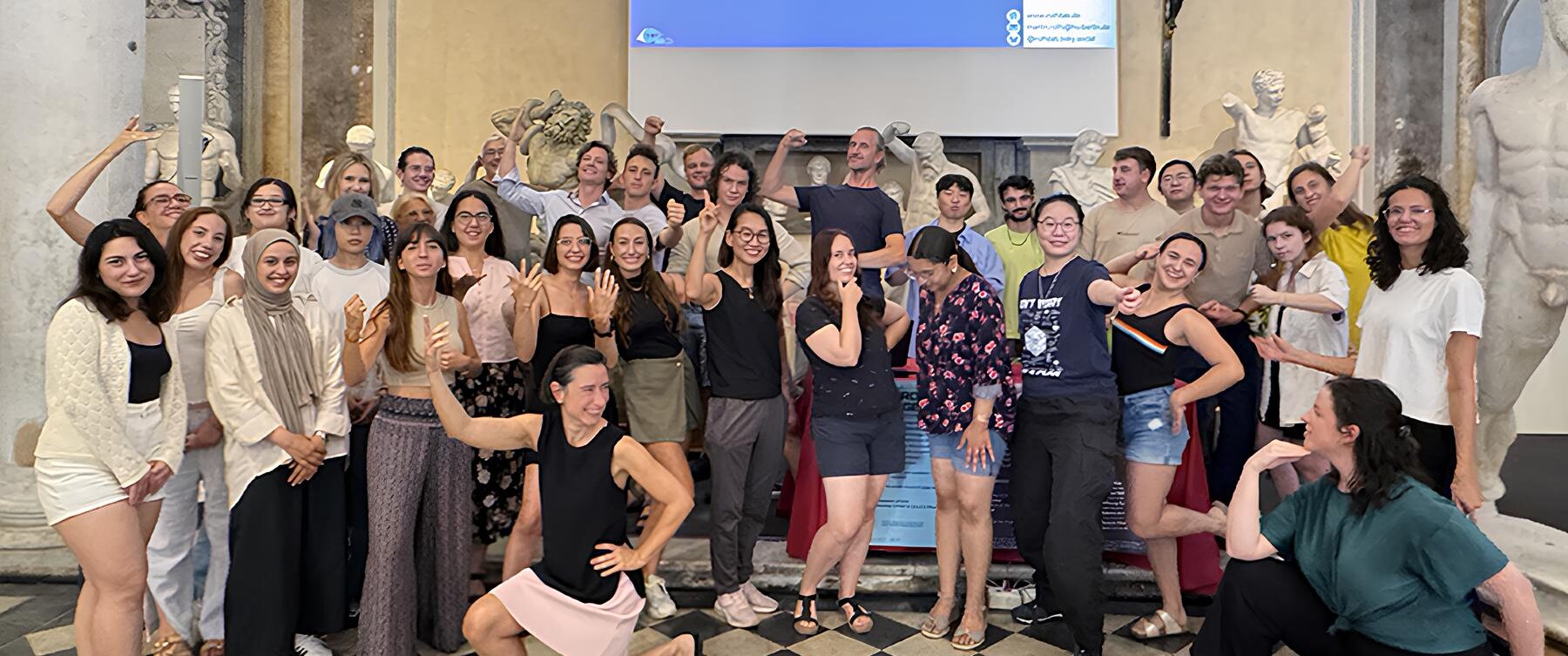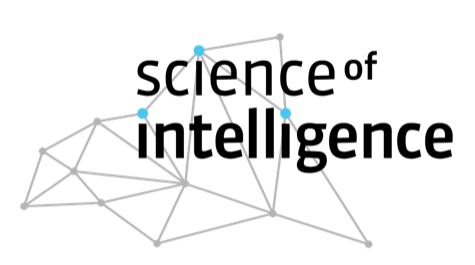NEUROBRIDGE 2025: A week of sensory neuroscience in Pisa
How does the brain combine sight, sound, and motion into a coherent picture of the world, and what happens when these signals don’t match? From 3–9 September 2025, thirty young researchers from around the globe came together in Pisa to explore these questions at the Summer School Sensory Neuroscience – NEUROBRIDGE.
The week-long program was jointly organized by the University of Pisa, Humboldt-Universität zu Berlin, and the Cluster of Excellence Science of Intelligence (SCIoI), within the framework of the Circle U. Alliance and the NEUROBRIDGE project. Led by Professors Paola Binda (University of Pisa) and Martin Rolfs (HU Berlin/SCIoI), the school offered a unique mix of lectures, hands-on training, and site visits, bridging experimental and computational perspectives on perception and action.
A deep dive into multisensory integration
At the core of the program was the study of multisensory and motor integration: how the brain processes information from different sensory streams to guide perception, attention, and decision-making. Students gained practical experience through an fMRI “bootcamp” and interactive workshops, while lectures covered topics ranging from psychophysics and active sensing to neural dynamics and clinical applications.
Learning inside and outside the lab
Beyond the lecture hall, participants explored the scientific and cultural environment of Tuscany. Highlights included a guided tour of Pisa’s Human Anatomy Museum, a visit to the IMT School for Advanced Studies in Lucca, and a day at the Imago7 Centre and Fondazione Stella Maris, where students saw ultra-high-field MRI in action. These excursions gave participants both a contemporary and historical view of how the brain is studied.
An international community of young scientists
This year’s cohort represented Europe, Asia, the Americas, and Australia, with students from disciplines as varied as neuroscience, psychology, biology, engineering, and medicine. Faculty came from an equally diverse network, including institutions in Italy, Germany, Belgium, Israel, the United States, and Australia. The intimate format with just 30 participants encouraged close interaction between students and lecturers, with lively discussions that continued well beyond the scheduled sessions.
Reflections and looking ahead
For many participants, the school was as much about building connections as it was about learning new techniques. As one student put it: “The Summer School was a wonderful blend of science and community. Every lecture opened new questions, and every coffee break became a chance to learn from someone else’s perspective.”
With NEUROBRIDGE 2025, Pisa once again became a meeting ground for the next generation of neuroscientists. The program will return in 2027, continuing to bridge disciplines, methods, and institutions in the study of sensory neuroscience.





